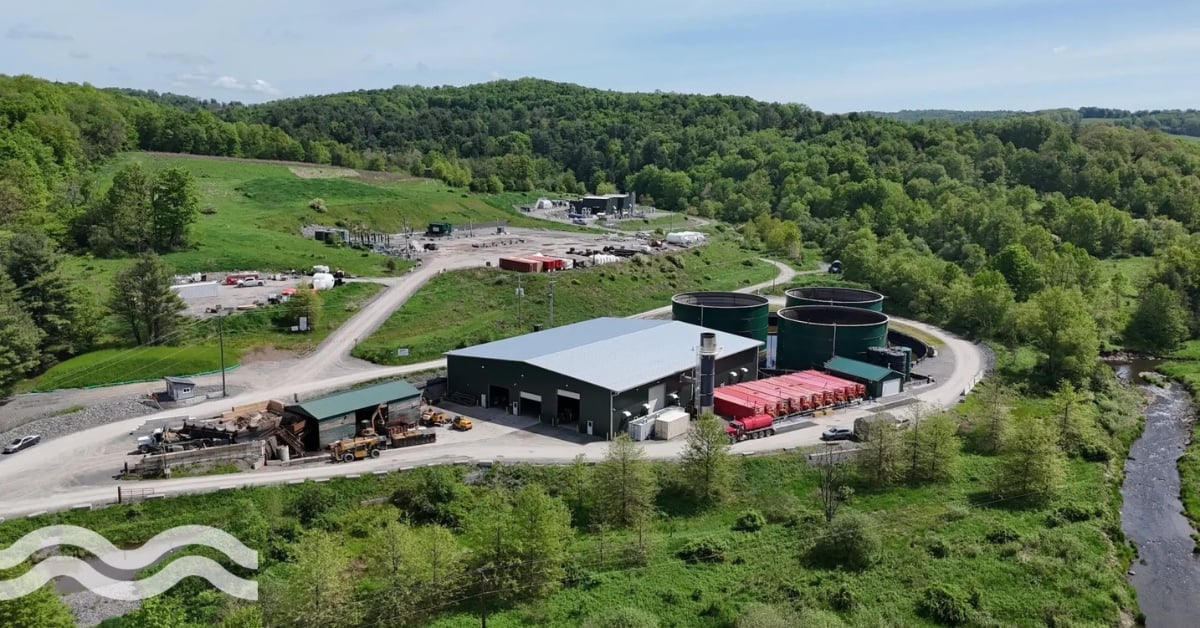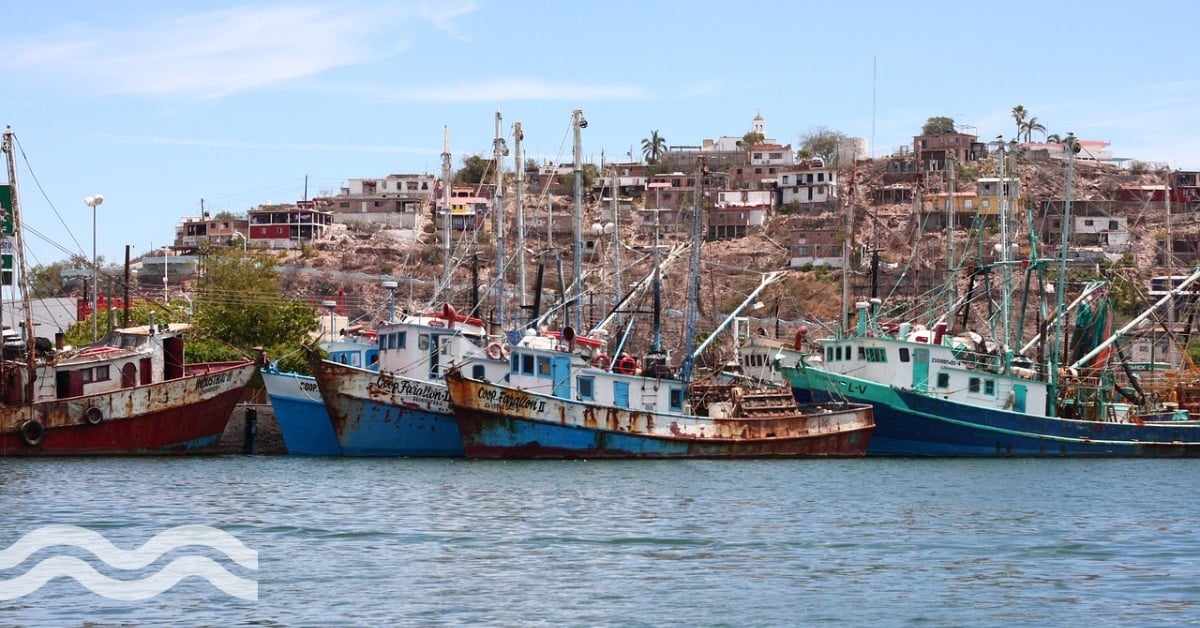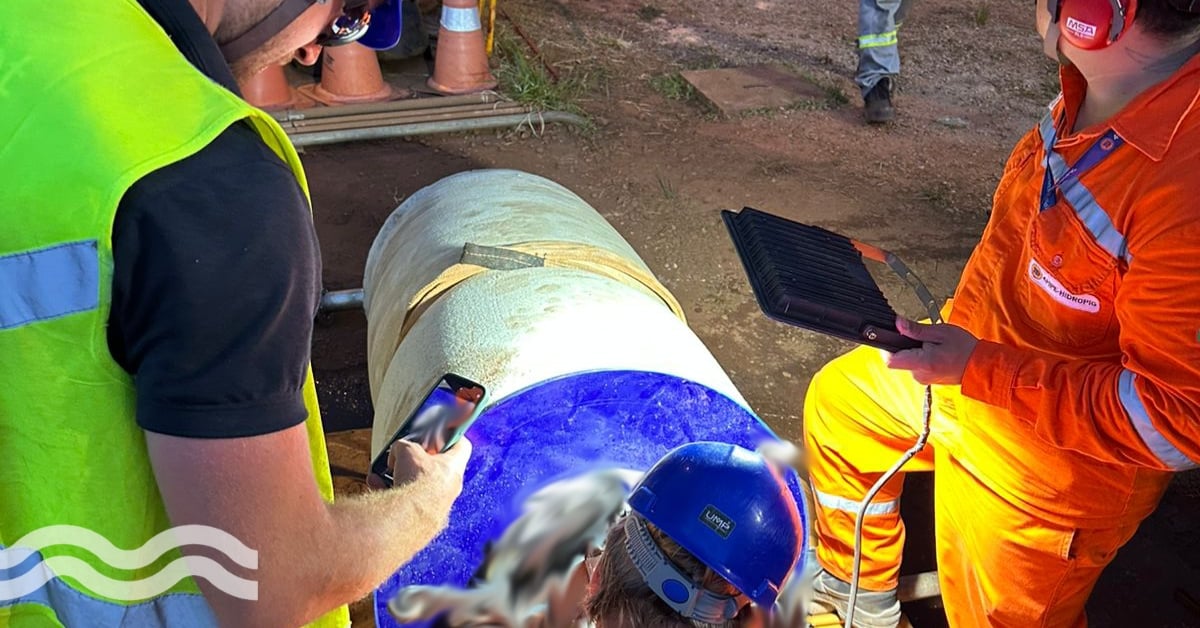The role of water in mining’s sustainability journey

The latest sustainability report from Anglo American highlights its role in water stewardship. Still, significant competitors like BHP Billiton and Rio Tinto are also flagging up their approach to water conservation and sustainability.
Reducing water use in mining
The latest sustainability report from Anglo American highlights its role in water stewardship. Still, significant competitors like BHP Billiton and Rio Tinto are also flagging up their approach to water conservation and sustainability.
Anglo American aims to address its water and energy use through its FutureSmart MiningTM programme.
This programme will see technology, digitalisation and sustainability working hand-in-hand to deliver a much-reduced environmental footprint from new ways of mining. Four coordinated concepts underpin this new way of mining, and this includes the water-less mine concept.
Among the initiatives that are being undertaken is a coarse particle recovery process which allows water to be released from the much coarser particles. This improves energy efficiencies and water savings by around 30 per cent, according to Anglo.
The technology also reduces risks associated with wet tailings and will help, ultimately, to eliminate them, the company says.
When combined with additives, it is possible to dewater residual waste and produce dry stackable tailings, Anglo adds, noting that the technology remains a focus area as water sent to tailings facilities often represents the most extensive water loss at a mine.
Addressing mining legacy challenges
Other technologies Anglo is exploring include new chemistries that are enabling more specific targeting of minerals through the leaching process, significantly enhancing recoveries and helping to address legacy challenges such as old or closed tailings facilities. This process is both extracting valuable residual resources and improving the stability of the tailings sites.
“Much of what we are driving for, particularly in terms of our energy and water ambitions, will be achieved through the technologies we are implementing - hence the inseparable connection between our technology work and our Sustainable Mining Plan outcomes under our FutureSmart Mining programme,” says Mark Cutifani, chief executive of Anglo American.
"Much of what we are driving for, particularly in terms of our energy and water ambitions, will be achieved through the technologies we are implementing."
Cutifani added: “Bulk Ore Sorting alone can deliver a 10 per cent reduction in energy and water intensity for an operation, for example.”
Given 75 per cent of Anglo American’s current asset portfolio is located in water constrained areas, it is essential to reduce dependence on water and associated tailings facilities.
“We will always need water, but we can get closer to full recovery recycling,” the company says in a statement.
Achieving “waterless” mines
More than 70 per cent of the water consumed by Anglo is related to entrainment in tailings, and evaporation losses. At a group level, approximately 60 per cent of the water used is currently recycled.
The company’s 2020 Sustainable Mining Plan targets for water use are unchanged to reduce abstraction of freshwater by 20 per cent and increase water-recycling levels to 75 per cent.
The performance will be assessed at the end of the year; however, the time period for achieving some of the company’s 2020 targets has been extended to 2021 following a board decision to “allow flexibility to help the business focus on the priorities”.
Furthermore, water baseline data is to be reset in 2020 to ensure that the reporting criteria are aligned with the International Council on Mining and Metals (ICMM) definitions for water accounting.
Anglo will start reporting against the 2030 target to reduce abstraction of freshwater in water-scarce regions by 50 per cent from 2021. An update on delivery of 2020 water targets due early next year.
With a vision to operate waterless mines in water-scarce catchments, Anglo says it has made progress on its water use. Anglo’s total water withdrawals came to 306.3 million m3 in 2017.
According to some sources, this figure had fallen to 209 million m3 by 2019. And, as the company notes: “We can't operate without water, and 70 per cent of our mines are in places where it’s scarce. This means that looking after water is a significant challenge.”
BHP’s technology drive
Technology is also one of the five pillars of BHP’s Water Stewardship Strategy.
According to a statement, the company is actively considering new or emerging technologies that have the most significant potential to reduce the use of freshwater through more efficient re-use of water. This is as well as reducing the potential impacts on water resources from assets either closed or still operational.
From a 2020 global review, a targeted technology test project list was developed, including the re-use of process water at Olympic Dam and Nickel West; the treatment of pit void water at Queensland Coal assets and the treatment of future pit lake waters and waste dump seepage at WAIO.
"BHP is actively considering new or emerging technologies that have the greatest potential to reduce the use of freshwater through more efficient re-use of water, as well as reduce the potential impacts on water resources."
A program is now underway at Olympic Dam to assess two emerging technologies for the treatment of a wastewater stream (tailings storage facility decant liquor) so that it can be re-used rather than stored in lined evaporation ponds.
BHP says that if the treatment technology is successful, it will reduce or mitigate the potential increase in water extracted from the Great Artesian Basin. It may also reduce the future need for evaporation pond facilities and assist in the recovery of minerals.
Similarly, at the Escondida facility located in the Atacama Desert in Chile, BHP has eliminated the use of groundwater with a switch to desalinated water. However, by terminating fossil fuel-based electricity supply contracts early, from 2022, the desalination unit will run on 100 per cent renewable power sources.
The move came 10 years ahead of BHP’s original commitment to do this. It was made possible in large part due to a US$4 billion investment in desalination plants at Escondida over the past 15 years. Operational improvements have also reduced Escondida’s net water consumption per tonne of ore processed, BHP says.
Rio looks to turn down water use too
Technology is also one of the five pillars of Rio Tinto’s sustainability strategy first launched in 2018. “This year and in years to come, we plan to continue to explore ways to develop our participation in a circular economy,” the company said in a statement.
Looking at ways to reduce and re-process mineral waste, including tailings, Rio Tinto notes that it works in environments where water is scarce like the Gobi Desert.
Rio has invested in recycling and conservation practices that make it one of the most water-efficient mines of its kind in the world, it says. More than 80 per cent of the water used in production is recycled and, on average, Oyu Tolgoi uses around half the industry average to process copper ore.
“Whatever the context, we see ourselves as water stewards, and we take that commitment seriously because water is essential – not just for human life, health, and the environment, but also for economic prosperity. Our processing plants, refineries, smelters and mines use water to process ore, manage dust and promote rehabilitation. In some instances, water is used to produce hydroelectricity to power our operations and minimise our emissions to the environment. We also supply drinking water to our people and sometimes to surrounding communities,” the company added in a statement.
"Whatever the context, we see ourselves as water stewards, and we take that commitment seriously because water is essential."
In 2019, Rio refined the way it considers water risk, selecting sites with the highest risks for a local water stewardship target programme. Among the six water use targets established by the company, its iron ore product group will complete six managed aquifer recharge investigations by 2023 while its Oyu Tolgoi copper mine in Mongolia will maintain average annual water use efficiency at 550L/tonne of ore.
Water targets remain at the heart of its integrated water management approach for 2019-2022. For example, the Group Target is that by 2023 Rio Tinto will disclose their permitted surface water allocation volumes, their annual allocation usage and the associated surface water allocation catchment rainfall runoff volume estimate.
Mining is a water-intensive process that can also lead to degradation of existing water resources. It is also true that the mining giants like Anglo American, BHP and Rio Tinto have a long way to go on their sustainability journey. Nonetheless, water is already part of that journey.


